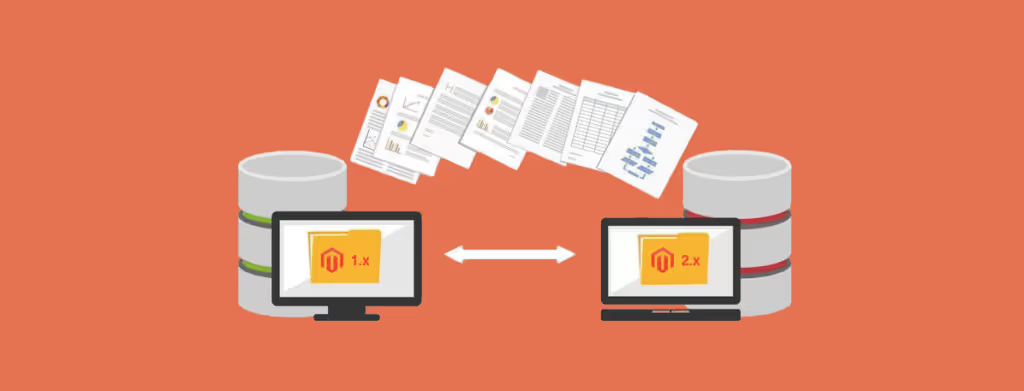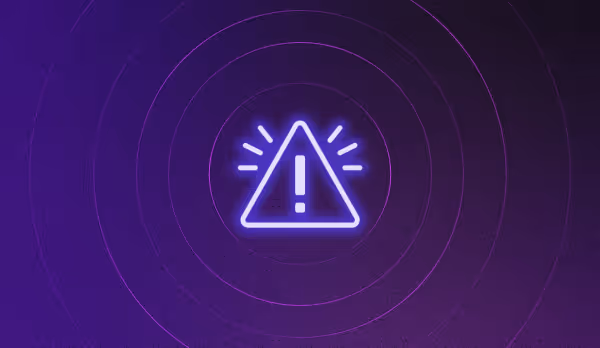Ecommerce manager guide: Preventing errors on your ecommerce website

Being an ecommerce manager comes with a lot of responsibility. You have to wear many hats: responsible for P & L, managing technology, marketing, design and more. With such robust obligations, it can be hectic when a website error comes forward. And you know that critical errors impact your sales significantly so you need to act quick. Below is a guide designed for an ecommerce manager to follow to both prevent errors and deal with them effectively when they arise.
1) Ensure your website migration goes smoothly
When migrating your website, things can get pretty tricky. Migration is a prime time where errors occur and it can be a time where errors that can come up later will be created. That is why it is important to take various precautions before the actual migration occurs. The first precaution to take in order to have a smooth migration is to ensure that you actually understand the process as a whole. A useful resource for understanding migration can be found on the Magento website linked here. Some key things to note about migration that are mentioned in the article include the different modes that exist including the settings mode, the data mode and the delta mode. Within each mode, there are three stages. The stages include the integrity check, data check and data transfer stage. Once you get through actually understanding migration, it is important to note that if you are migrating as a team, you should definitely take things slowly. Divide responsibilities and designate tasks to others. This ensures that people remain accountable for their part in migration the project.

2) Create a redesign error mitigation process
Another measure you can take if you want to prevent errors on your website is to create a redesign error mitigation process. Step 1 is to setup a staging site. A staging site is basically a clone of your original site but it is not available to the public eye. Staging sites can be tested on as many times as you want and you can manually test for errors. It is optimal to stress test as much as possible. Stress test you add to cart flow, checkout process and coupon system. Once you are pleased with the way your staging site performs, you can make your real site live with the changes you made. Some other tools that can mitigate errors are quality assurance platforms and error monitoring tools. These types of products help assure your business by keeping it safe from errors. They ensure your business is running effectively so it continues to look professional and well kept for site visitors. Noibu is a great critical error detecting company that finds errors on your sites and alerts you of them instantly. They also offer help and guidance on what measures should be taken to resolve the issue so your company can get back on its' feet as fast as possible. Not only can Noibu be used on a live site, it can also be used on a staging site as well. Therefore, it helps check for errors even before your site goes live.
3) Ensure you have a backup plan for plugins
Plugins are softwares that are used in addition to your already running operating system. Every plugin adds a specific value to your site and it varies based on what plugin you install. However, when plugins are integrated, many issues can arise. The problem with plugins is that the code from them can interact with your main code base and can oftentimes cause conflict. This is why you must ensure that you have a backup plan to uninstall the plugin if things don’t work correctly. For example, when using 1 step checkout plugins like Amasty, ensure you stress test the plugin the night before going live and, if you decide to go live, do not do so during peak sales hours. You can also use tools such as Noibu to test the functionality of these plugins and your code base. Additionally, it can sometimes be difficult for you to identify what plugin is causing the error if you have multiple plugins. Easy ways to figure out what plugin is solving the problem include looking at what you recently updated or installed. Those plugins could definitely be the culprit. Another option to prevent errors when installing a plugin is to use a software to back up your site. There are a variety of softwares available and we recommend that you do your research before choosing one, so you choose the optimal software for your company.

4) Create a prioritization system once errors are detected
It is inevitable that you will stumble upon errors. If errors are left unsolved, they can trigger other errors to occur. This is why you should create a P1-P5 system that prioritizes critical errors where you place the greatest priority on the most large-scale errors. Each priority level error should come with a plan to fix them quickly. Ensure checkout and add to cart errors are categorized as P1 because oftentimes, they cause the greatest damage for your sales. An example of an error that may be P2 would be coupons not working, a P3 would be images not displaying for products, P4 would be a picture slideshow not working and a P5 could be some sort of cosmetic issue. Also, when you export your errors for your development team to fix them, ensure you have established a relationship protocol. By forming a relationship with them, clear expectations are outlined and exceptional communication exists so errors are fixed as quickly as possible.
5) Run non-technical tools to alert you when something goes wrong
You can also use tools like Noibu that not only help you detect errors, but also measure the impact of errors from a low-medium-high categorization system and attribute a dollar value priority to each error. In this way, you can see which errors need to be fixed first. The benefits of a non-technical tool is that ecommerce professionals can prioritize and action errors. If you’re a company that does not have in-house development capability non-technical tools are a must. Simplified tools like Noibu can help alert a non-technical ecommerce manager and help them comprehend the problem. From there, the manager can sort through the errors based on the priority ranking and decide which errors need to be fixed by the development shop, and which ones can be solved on their own. This saves your company both time and money. It saves time because ecommerce managers will not have the burden of having to sift through all of the errors on their own, and it will save you money because not all of the errors will have to be exported to the development shop. The errors you do send to your developer will increase your sales.




